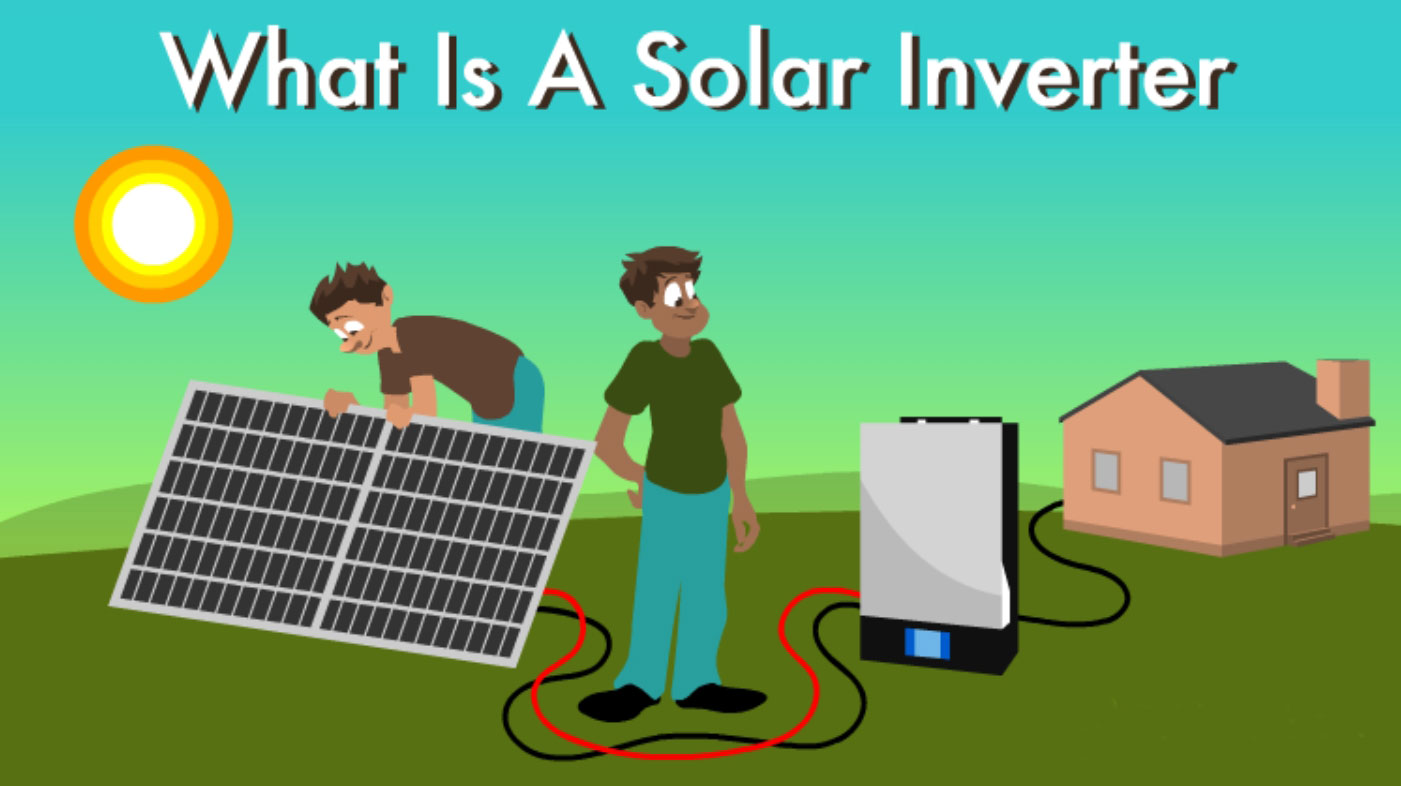
Understanding the different types of solar inverters is crucial for selecting the right one for your specific needs and circumstances. Here’s an overview of the main types of solar inverters and their suitability for various applications:
- String Inverters:
- Description: String inverters are commonly used in residential and commercial solar installations. They are connected to multiple solar panels wired together in strings. Each string feeds into a single inverter, which converts the DC electricity generated by the panels into AC electricity.
- Pros:
- Cost-effective for small to medium-sized installations.
- Simple design and easy installation.
- Suitable for unshaded locations with consistent sunlight.
- Cons:
- Vulnerable to performance issues if one panel in the string is shaded or malfunctions.
- Limited flexibility in system design compared to microinverters or power optimizers.
- Suitability: Ideal for installations with minimal shading and straightforward roof configurations.
- Microinverters:
- Description: Microinverters are installed on each individual solar panel, converting DC electricity to AC at the panel level. This allows for independent operation of each panel, optimizing energy production and mitigating the impact of shading or panel mismatch.
- Pros:
- Maximum power point tracking (MPPT) for each panel, maximizing energy harvest.
- Improved performance in shaded or partially shaded conditions.
- Enhanced system monitoring and diagnostics at the panel level.
- Cons:
- Higher upfront cost compared to string inverters.
- More complex installation and potential reliability issues due to increased component count.
- Suitability: Suitable for installations with shading issues, complex roof configurations, or where panel-level monitoring is desired.
- Hybrid Inverters:
- Description: Hybrid inverters integrate solar PV generation with energy storage systems (batteries). They can manage both solar input and battery storage, allowing for self-consumption of solar energy and backup power during grid outages.
- Pros:
- Energy independence and resilience with the ability to store excess solar energy for later use.
- Flexible operation modes (grid-tied, off-grid, or hybrid) to adapt to varying energy needs.
- Optimized for time-of-use (TOU) tariff structures and demand management.
- Cons:
- Higher upfront cost due to the inclusion of battery storage.
- Additional complexity in system design and installation.
- Suitability: Ideal for homeowners seeking energy independence, backup power, or maximizing self-consumption of solar energy.
- Grid-Tie Inverters:
- Description: Grid-tie inverters are designed to synchronize with the electrical grid and feed excess solar electricity back into the grid. They enable net metering, allowing homeowners to offset their electricity bills by exporting surplus solar energy to the grid.
- Pros:
- Seamless integration with the grid, enabling net metering and potentially earning credits for surplus energy.
- Cost-effective for grid-connected installations without energy storage.
- Cons:
- Limited operation during grid outages for safety reasons (anti-islanding protection).
- Dependence on grid availability for electricity supply.
- Suitability: Suitable for grid-connected installations where net metering incentives are available and energy storage is not a priority.
- Off-Grid Inverters:
- Description: Off-grid inverters are designed for standalone solar energy systems that are not connected to the electrical grid. They manage solar PV generation and battery storage to provide electricity in remote or off-grid locations.
- Pros:
- Complete energy independence in locations without access to the grid.
- Backup power during prolonged outages or in remote areas.
- Cons:
- Higher upfront cost due to the inclusion of battery storage and off-grid equipment.
- Limited by the capacity of the battery bank and solar array.
- Suitability: Ideal for remote locations, off-grid cabins, or emergency backup systems where grid connection is not feasible.
When choosing the right type of solar inverter for your home energy system, consider factors such as your energy needs, budget, roof configuration, shading conditions, grid connectivity, and desire for energy independence or backup power. Consulting with a qualified solar installer can help you assess your options and make an informed decision based on your specific requirements.
